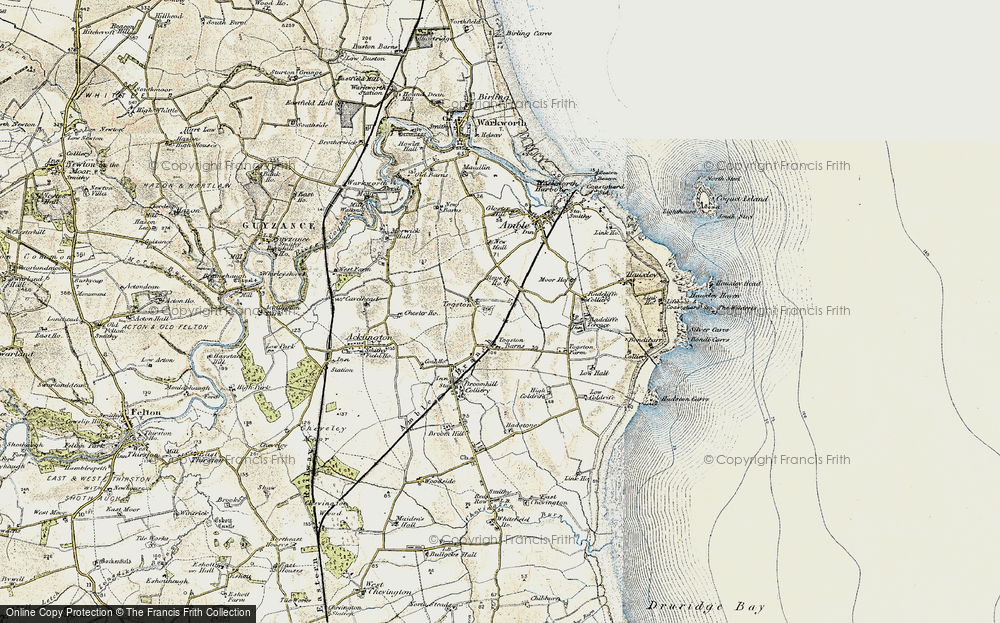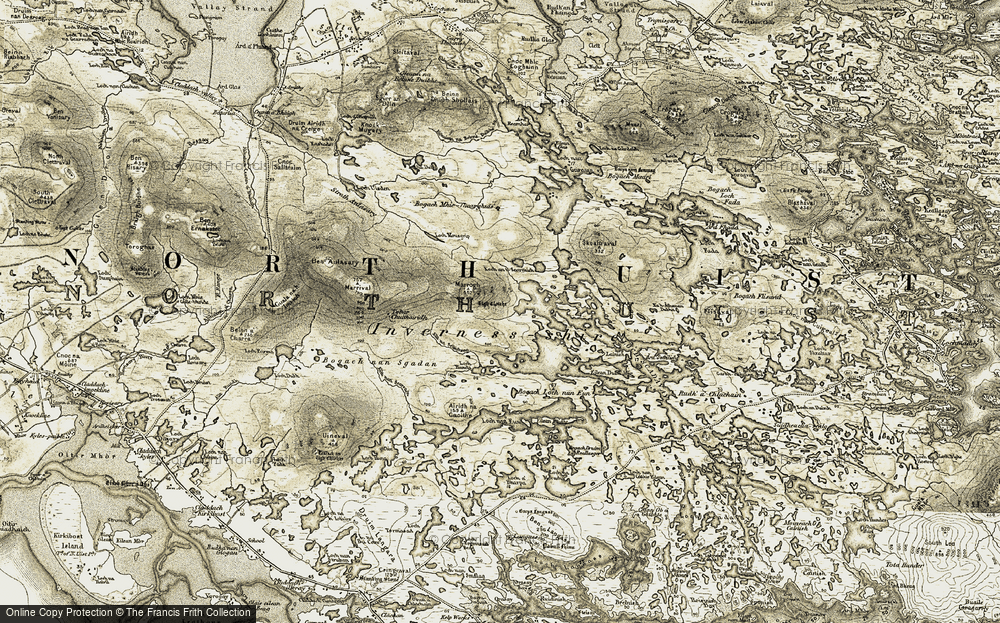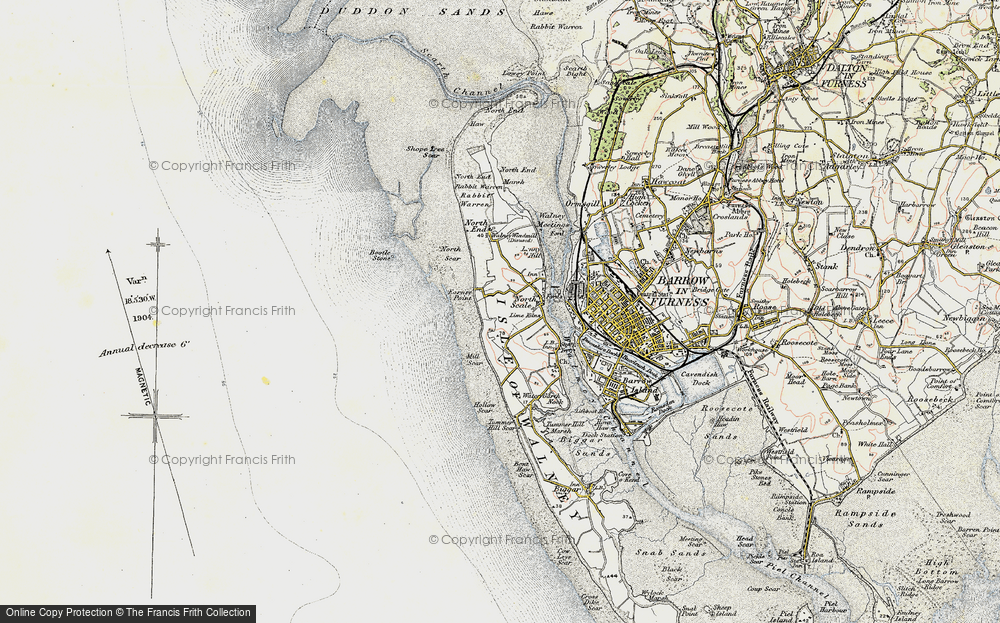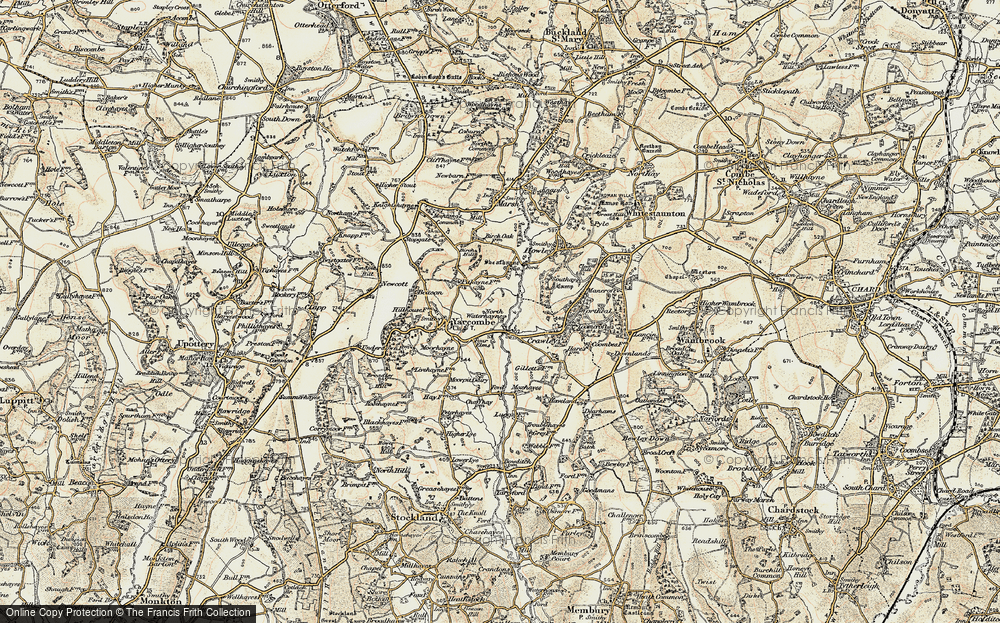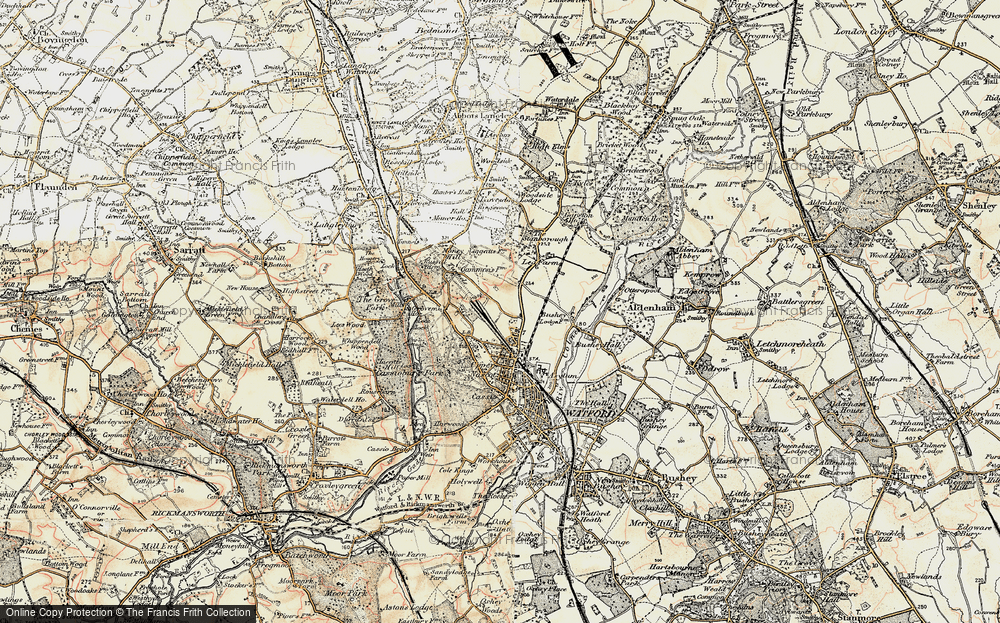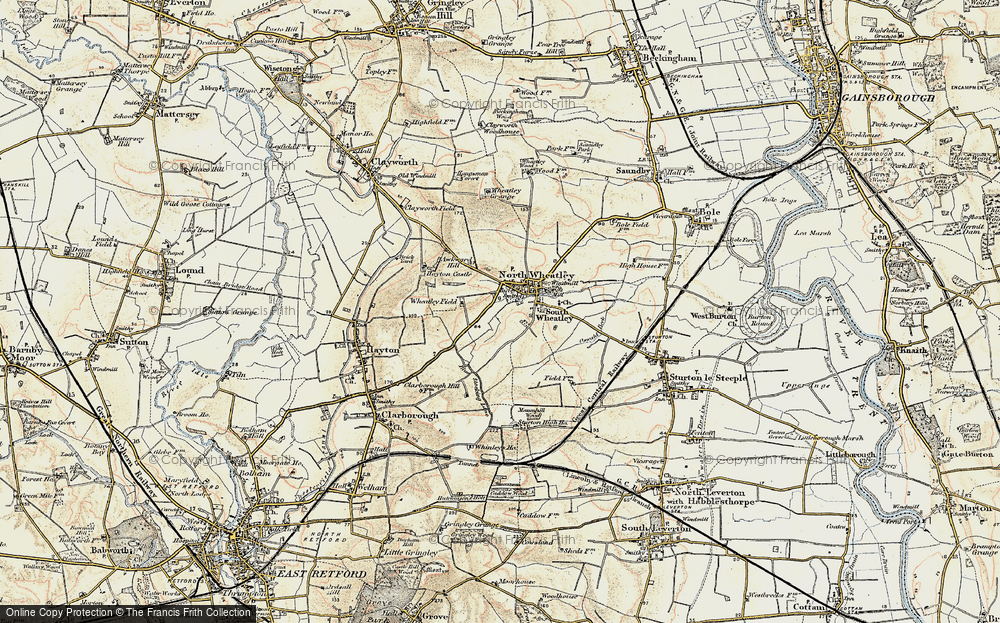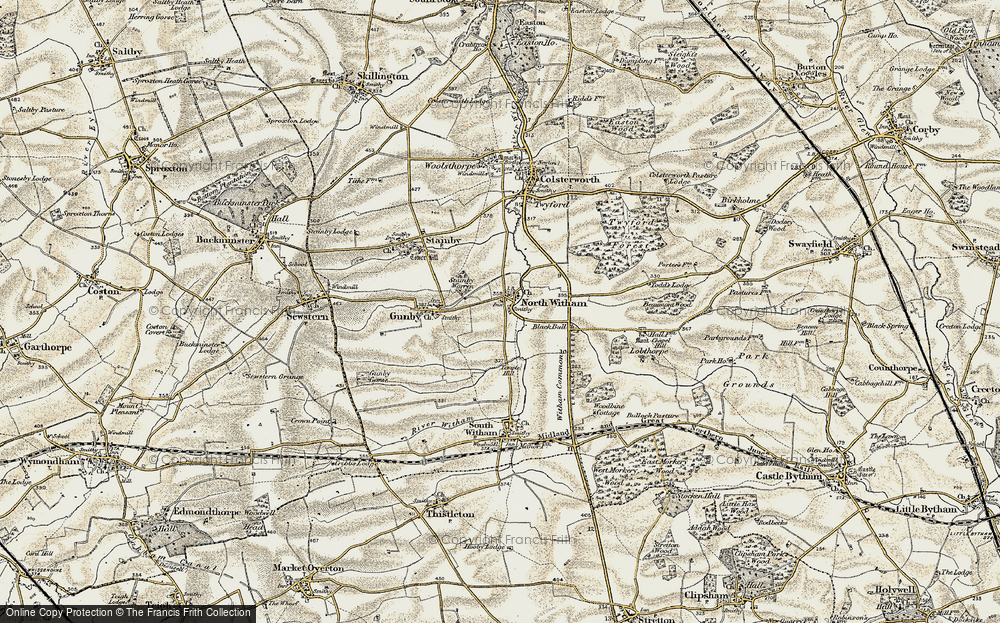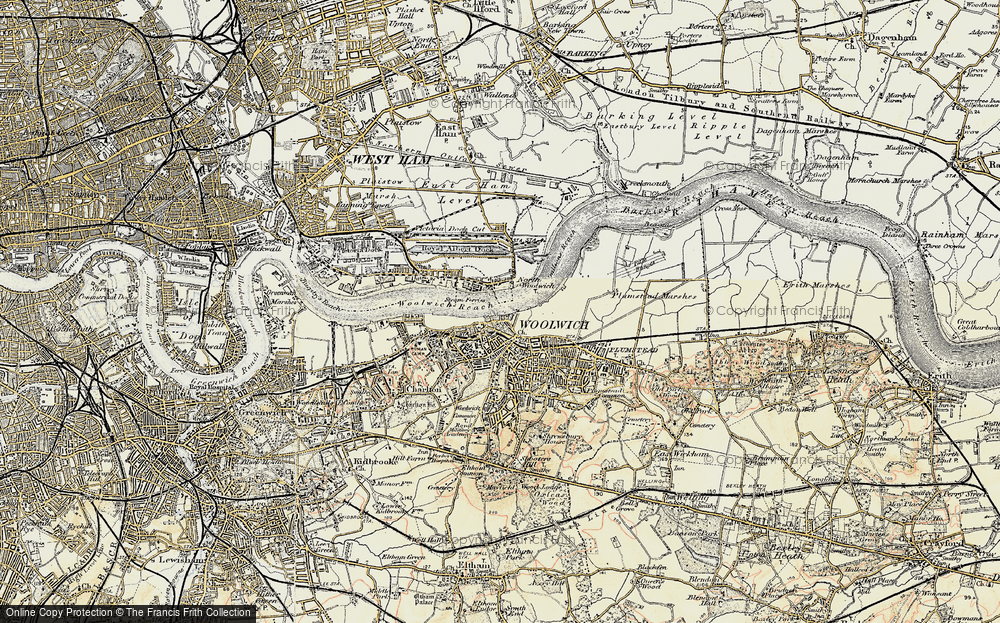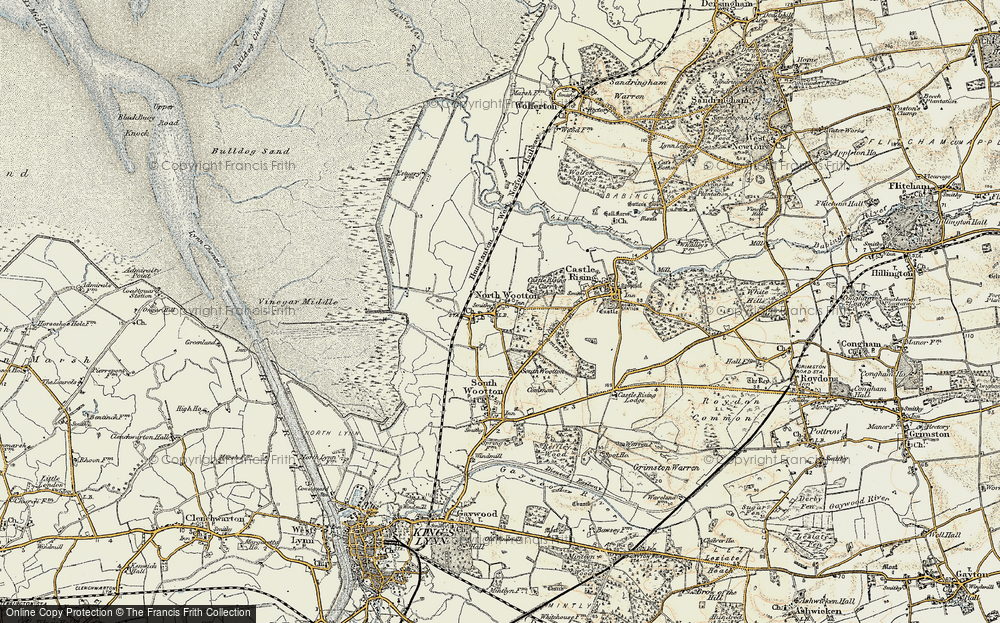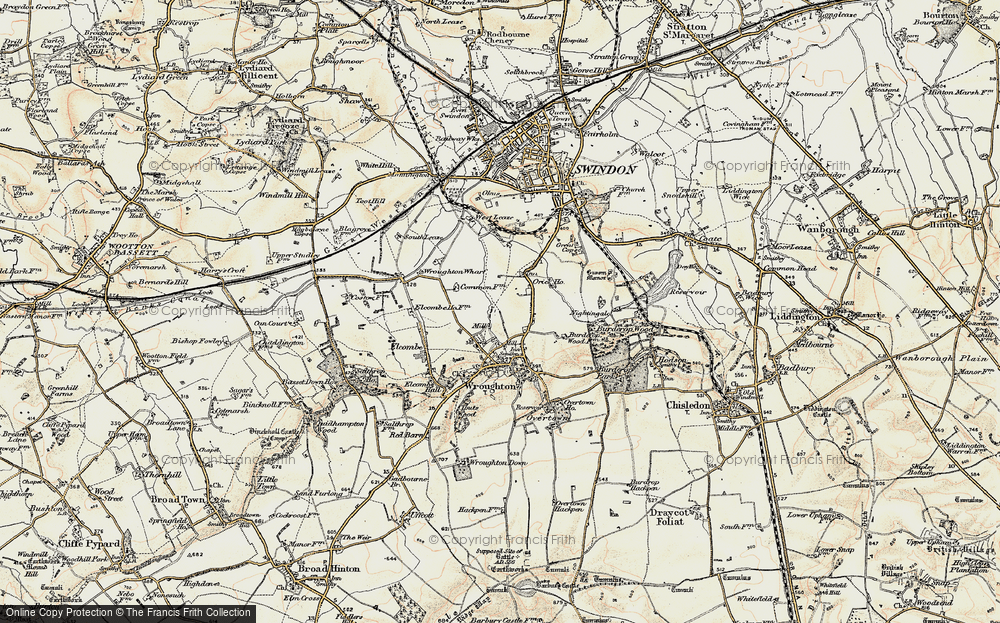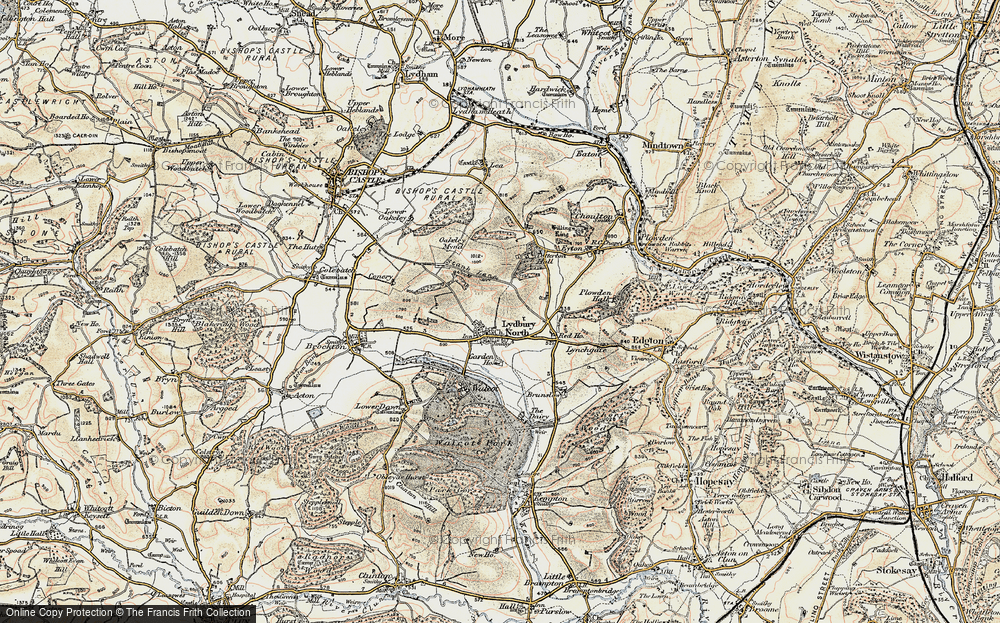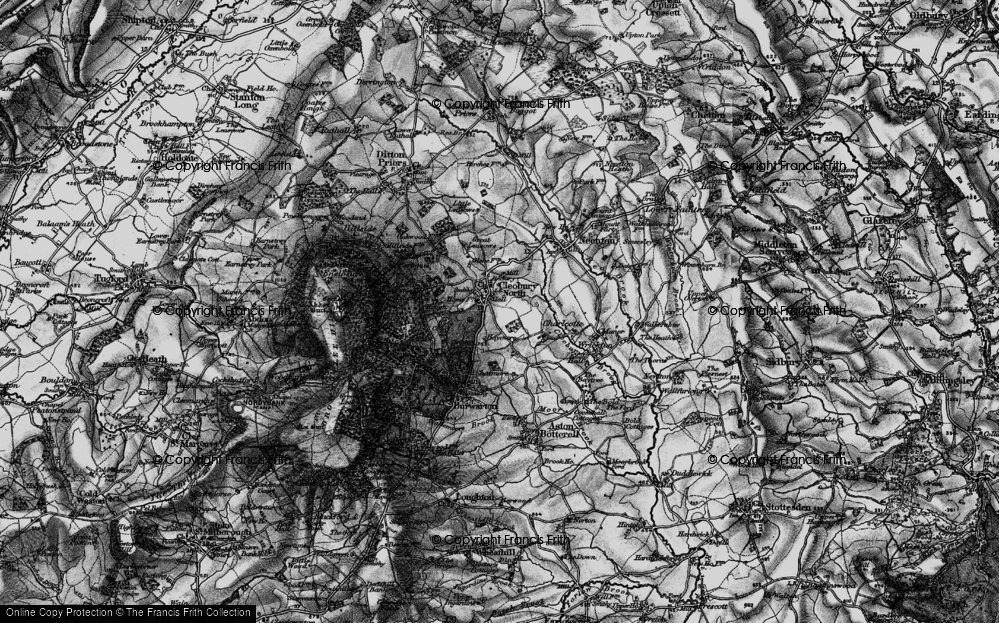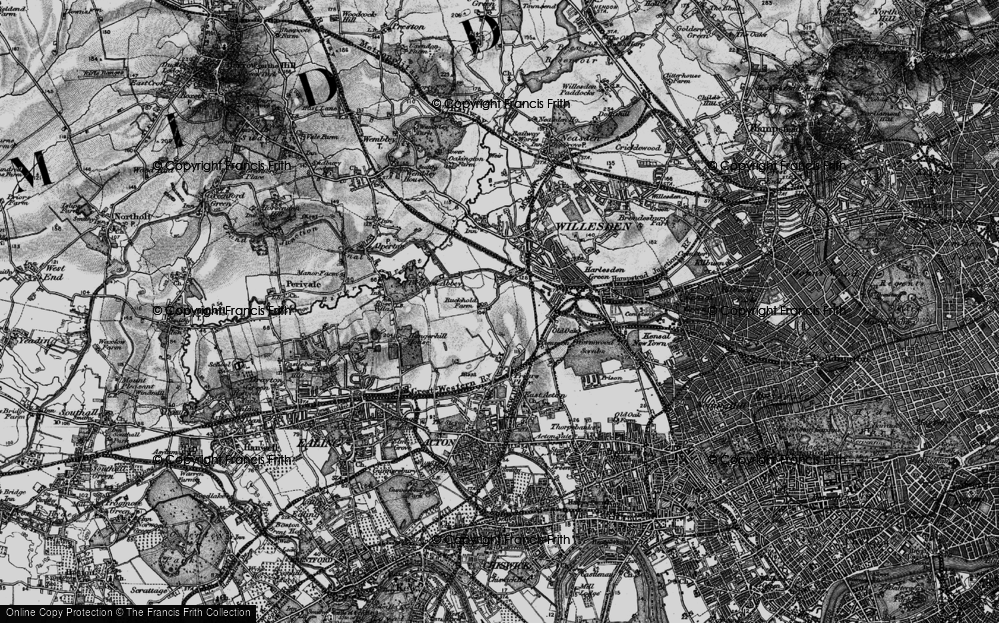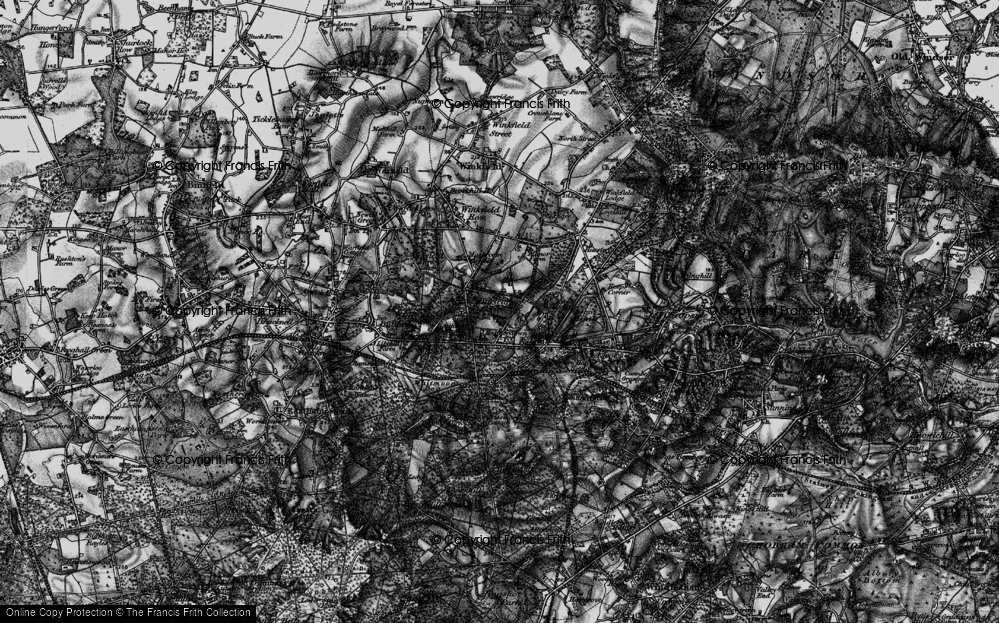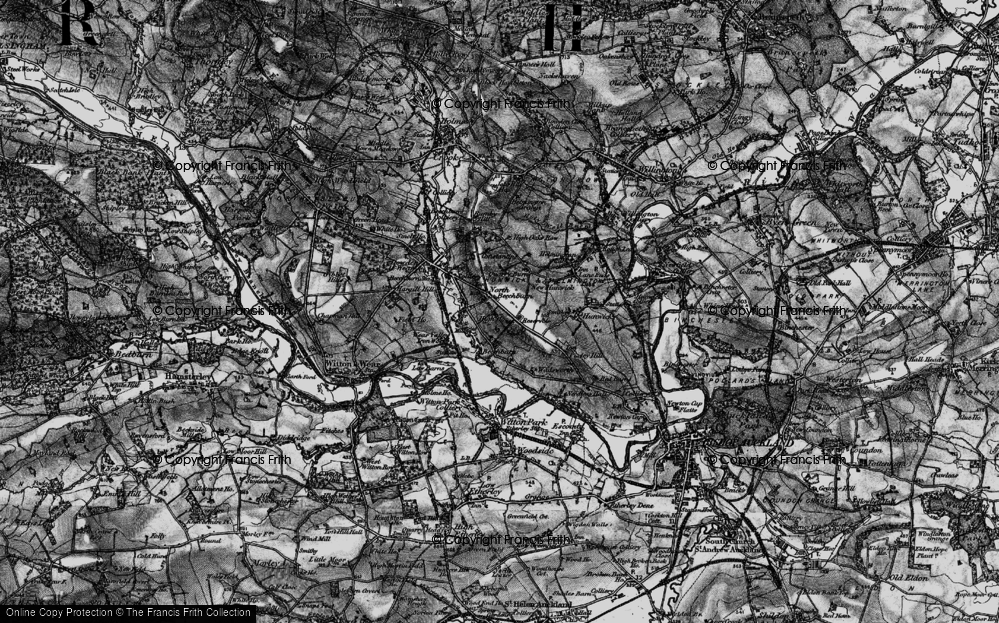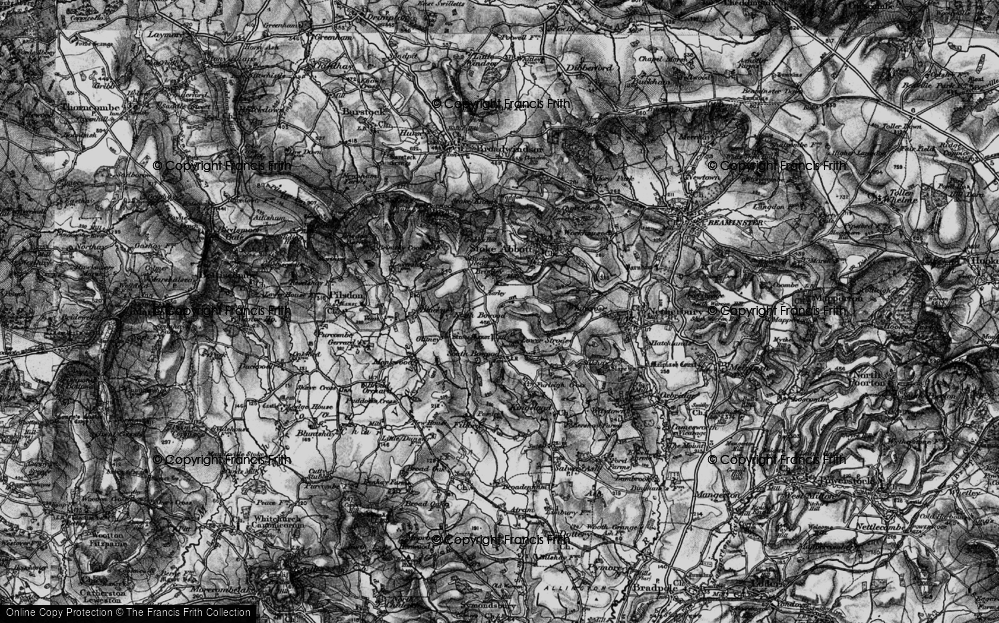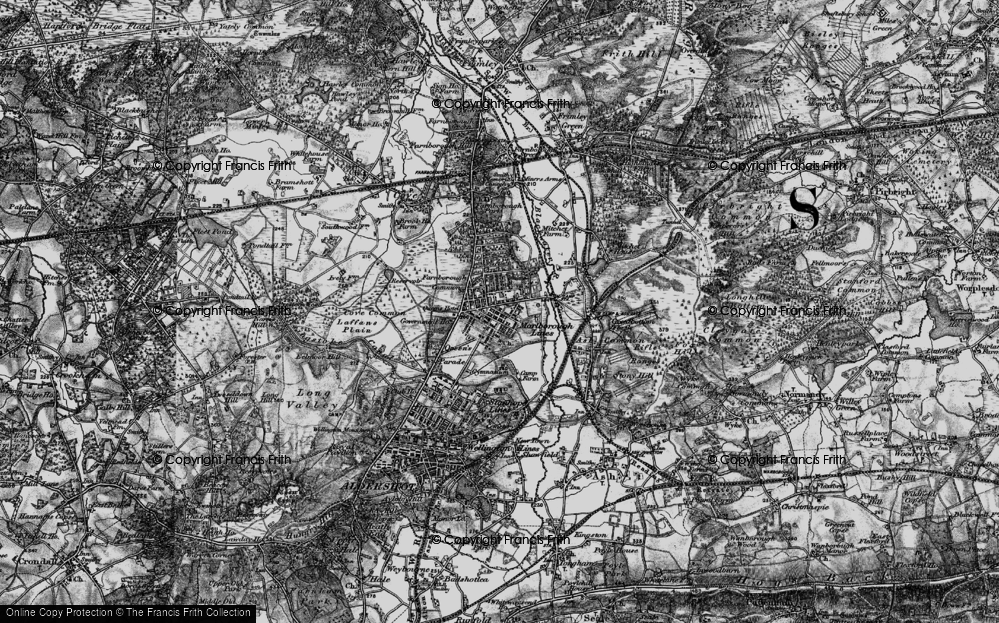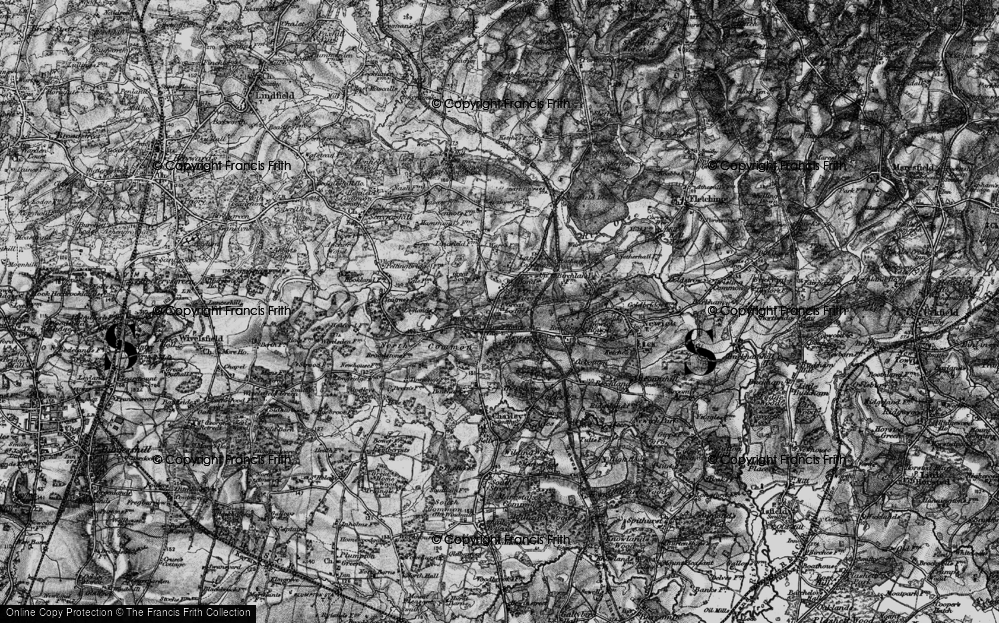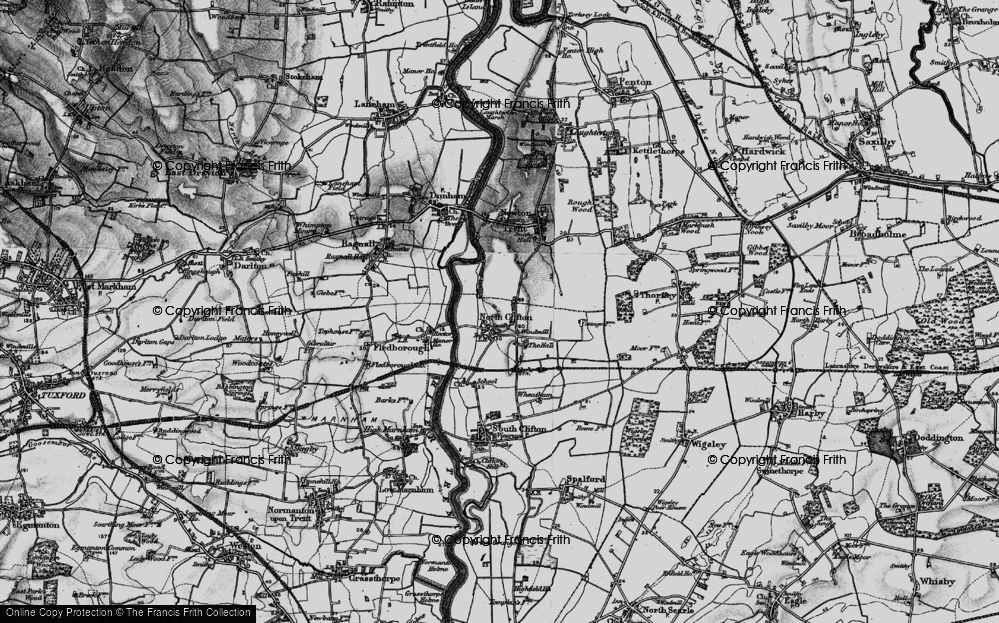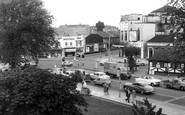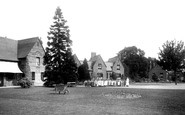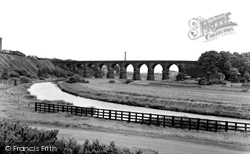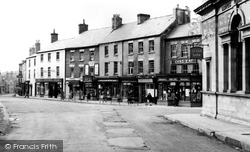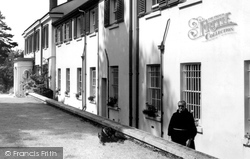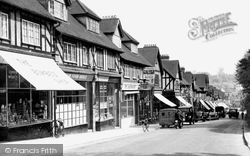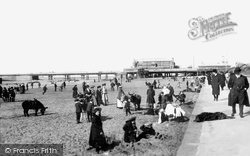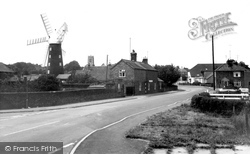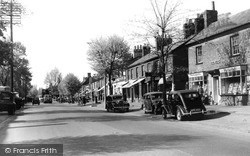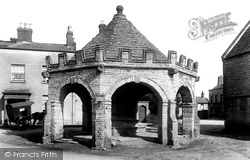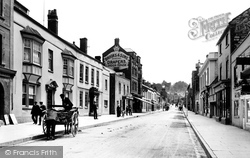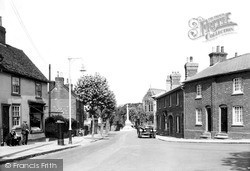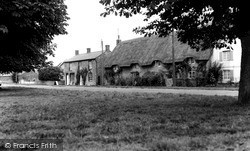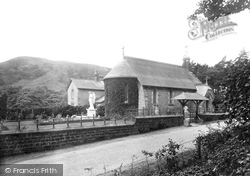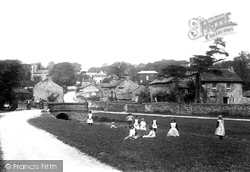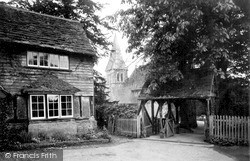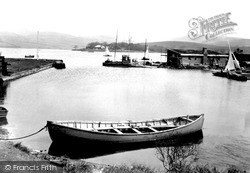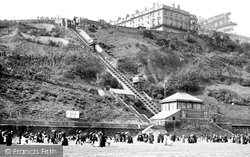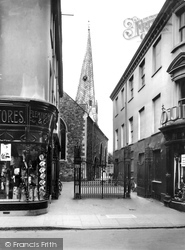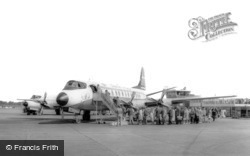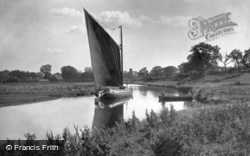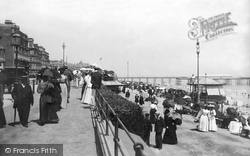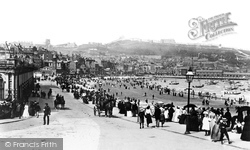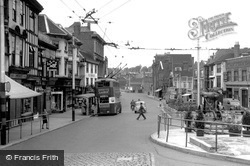Places
Sorry, no places were found that related to your search.
Did you mean: north ness or na h ness or nook ness or nash ness ?
Photos
12 photos found. Showing results 1,041 to 12.
Maps
9,582 maps found.
Books
Sorry, no books were found that related to your search.
Memories
4,583 memories found. Showing results 521 to 530.
Goldthorpe In The Fifties
I was born in 1946 and lived in Manor Avenue. Cricket with dustbin lids propped up with a house brick in the "backins" were our stumps and we played from dawn to dusk during the summer holidays...except during Wimbledon ...Read more
A memory of Goldthorpe by
Rivacre Baths.
For those who never saw (or may have forgotten), the photo shows the view you had after coming in through the main entrance. The large fountain can be seen in the foreground, and was enjoyed by many children as they ran around ...Read more
A memory of Little Sutton in 1947 by
Kennack
I have been coming to Kennack since I was a toddler. But 1972 was the first of many years that stand out to me. My family met another family and we are still in touch now, 36 years and more later. My memories are so many, borrowing ...Read more
A memory of Kennack Sands in 1972
Fair Green
I lived in that stange area of Mitcham known as Lonesome, situated between the level crossing at Eastfields and the bottom of Streatham Vale. It was a sort of 'No Man's Land'. My schooling from 1951- 1957 took place first at the wooden ...Read more
A memory of Mitcham in 1958 by
Ffynnongroyw
I read with interest the account of Ken Davies and his childhood memories of the Garth Mill in Ffynnongroyw. We moved to Llinegr Farm on October 2nd 1961 (I was 7) and moved on November 6th 1988 after my father's death. I remember ...Read more
A memory of Ffynnongroyw in 1961 by
Ladd Family 1878
My grandfather Ernest Ladd, born Eastry 1878, is buried in the churchyard. Although as a child when visiting my grandmother we would tend the grave and put flowers on it, I only have a vague recollection of its location. My mother ...Read more
A memory of Eastry in 1950 by
Martha Ward
Hi Rosemary, Once again I found you very heplful, you sent me info on Princess Mary Homes. I followed it up and found them very helpful, only trouble is other people on same page (not covered by freedom of information) will have to ...Read more
A memory of Addlestone in 1890 by
The Real Winters Of The 1940s
I recall, with the occasional shudder, the freezing cold winters of the 1940s. I spent Saturday evenings earning a couple of shillings (that's 10p to you youngsters!!) working from 4.30pm to 6.00pm selling ...Read more
A memory of Motspur Park in 1948 by
The Passing Of A Grand Old Theatre
The old Grand Theatre at Byker, Newcastle upon Tyne was one of well over 65 theatres and cinemas in the city in the heyday of entertainment. Kenneth More in repertory, Winifred Atwell playing her ...Read more
A memory of Newcastle upon Tyne by
Captions
1,652 captions found. Showing results 1,249 to 1,272.
It is worth reflecting that the two forms of transport - water and rail - were not, at first, incompatible.
over the shops - Ivor Griffiths and Williams the tobacconist's, Charles Kay and Birt's Stores - remind us that the Forest of Dean lies between Wales and England, embracing elements of both
Back in the village, opposite the Effingham Golf Club (whose club house is another stucco 19th- century house, Effingham House), is St Teresa's Preparatory School; it occupies Grove House, an elegant
Up the hill towards one of Chalfont St Peter's commons, Gold Hill, Tudor-style shops and flats were built on the north side of the road in 1922, called Market Place and decked out with fake
As we can see from this picture, the concept of clothes for purely leisure activities was unknown to the vast majority of people.
Here we see yet another of the beautiful Lincolnshire windmills; this one was built in 1813. Again it is in the Lincolnshire style, with an ogee cap and five sails.
This view gives a clear example of the impact commercial motor traffic had on the Great North Road, prior to the building of the M1 motorway.
Heading back north, we cross the River Yeo and reach Somerton, another medieval market town, this time on a ridge in the Polden Hills and on the south bank of the River Cary, which weaves through the
The High Street runs parallel to the north wall of the Abbey precinct and has a good range of Georgian and early 19th-century two- and three-storey houses.
On the left is a small shop, now an accountants' office. The pillar box is now further down the High Street. In the foreground are Nos 1 and 2 Debden Road.
Further west, on the Stony Stratford to Northampton road, is another Yardley.
Here we see yet another of the beautiful Lincolnshire windmills; this one was built in 1813. Again it is in the Lincolnshire style, with an ogee cap and five sails.
Brotton is another settlement with an ancient history; it was also seriously influenced by the ironstone industry at a later date.
Less well known is the painting on the ceiling above the altar showing Kettledrum, a famous racehorse and winner of the 1861 Derby. Owned by the Townley family, Kettledrum was reared at Stud Farm.
Downham is another example of a village which was tightly controlled by the lords of the manor, who refused to let industry into the village.
The 18th-century Worth Abbey is on the site of a town house called Paddockhurst. It is now run by the Benedictine Order as a monastery and public school.
Not only were rowing boats, racing skiffs and dinghies a common sight, but there was even a time when the lake had its own paddle steamer.
The South Cliff Tramway offered an alternative means of escape from the beach to the Esplanade; the other way up was by the 224 steps cutting through the Spa Gardens.
Not only Chesterfield in Derbyshire has a crooked spire. Theirs may be more famous, but St Peter's has quite a pronounced twist.
Continuing north, away from the sea, we reach Southend Airport. This was used during both World Wars. By the early 1960s journeys to the Continent were becoming increasingly popular.
The Norfolk wherry was designed to sail exceptionally close to the wind, as tacking can be a hazardous if not impossible job in these narrow waterways.
Here we see another busy beach view in 'The Empress of Watering Places' with many umbrellas protecting ladies from the summer sun.
Scarborough Castle, on the skyline, once stood 100 ft tall, with walls 12 ft thick; the keep was positioned in such a way so as to command the approach to the causeway leading to the castle.
At the bottom of Maidstone High Street both the Queen's Head public house, on the left, and the Rose and Crown Hotel across the road have gone; the trolleybuses also went in 1966.
Places (0)
Photos (12)
Memories (4583)
Books (0)
Maps (9582)


